| SLOVENIA | LJUBLJANA | MUSEUMS |
| SLOVENIA | LJUBLJANA | MUSEUMS |
Prirodoslovni muzej SlovenijeNatural History Museum of Slovenia
|
|
|
The Natural History Museum of Slovenia is a National Museum with natural, scientific and pedagogical content. The oldest Slovenian cultural and scientific institution originating from the Regional Museum founded in 1821. A museum with national, European and worldly important natural science collections, which include changes in biodiversity, the development of a naturalistic mindset and techniques of collecting and processing museum material. A research institution that explores the nature and cultural heritage of natural origin. |
In the Vortex of Change
|
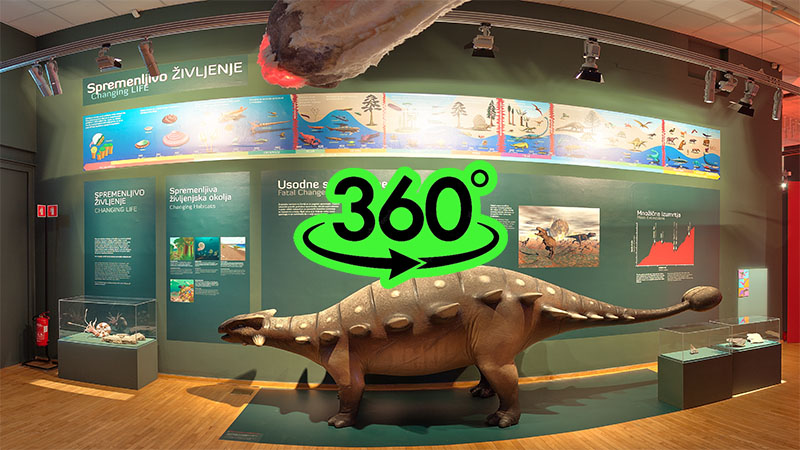 |
A collection of birdsThe bird's collection is regulated partly by the systematic affiliation of the exhibited specimens, partly by their place of residence. |
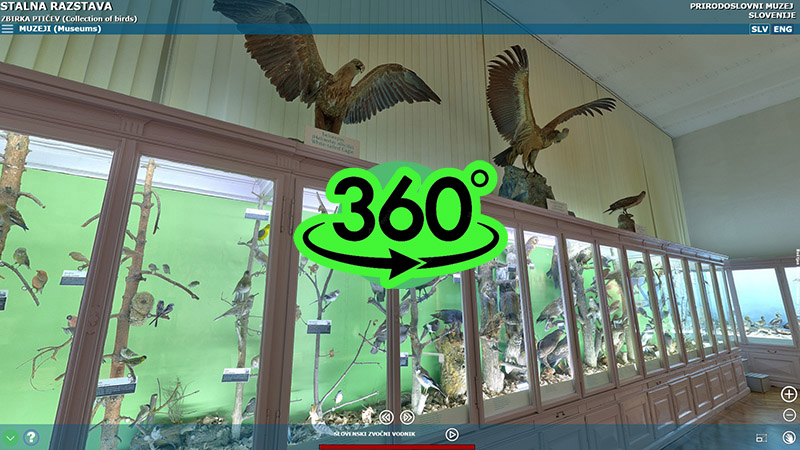 |
Forest dioramaForest diorama shows typical Slovenian forest animals. |
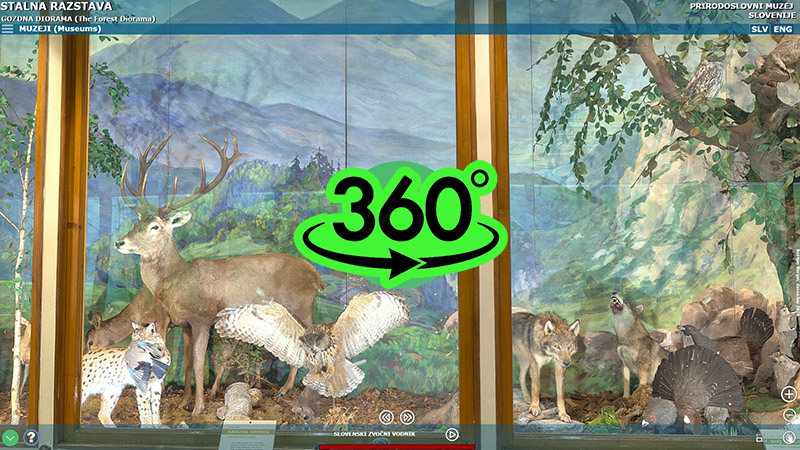 |
Alpine dioramaThe Alpine dioram was created in the 1930s. It was renovated in 2018 to 2020. The original background shows a view of Jalovec from the Tamar Valley. |
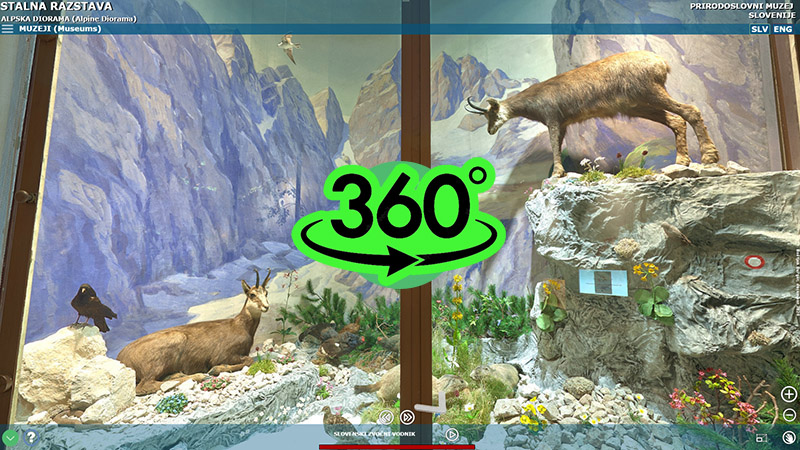 |
Marshes dioramaIn 2018, the restored dioram shows the Ljubljana Marshes at the transition from the 19th to the 20th century, when the original layout was created. |
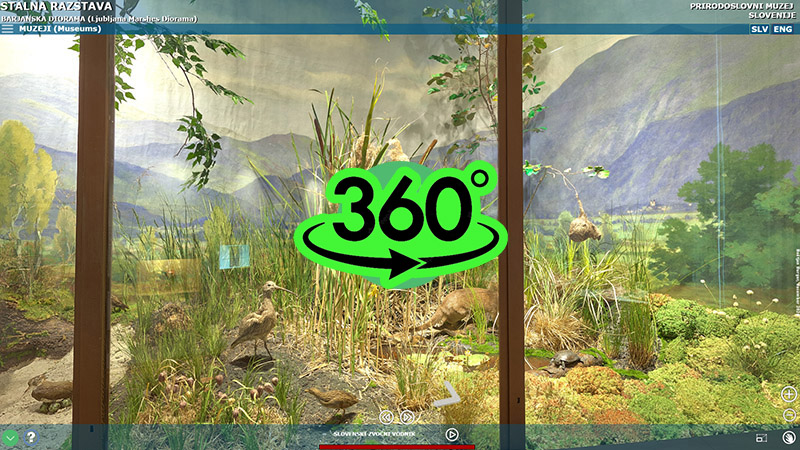 |